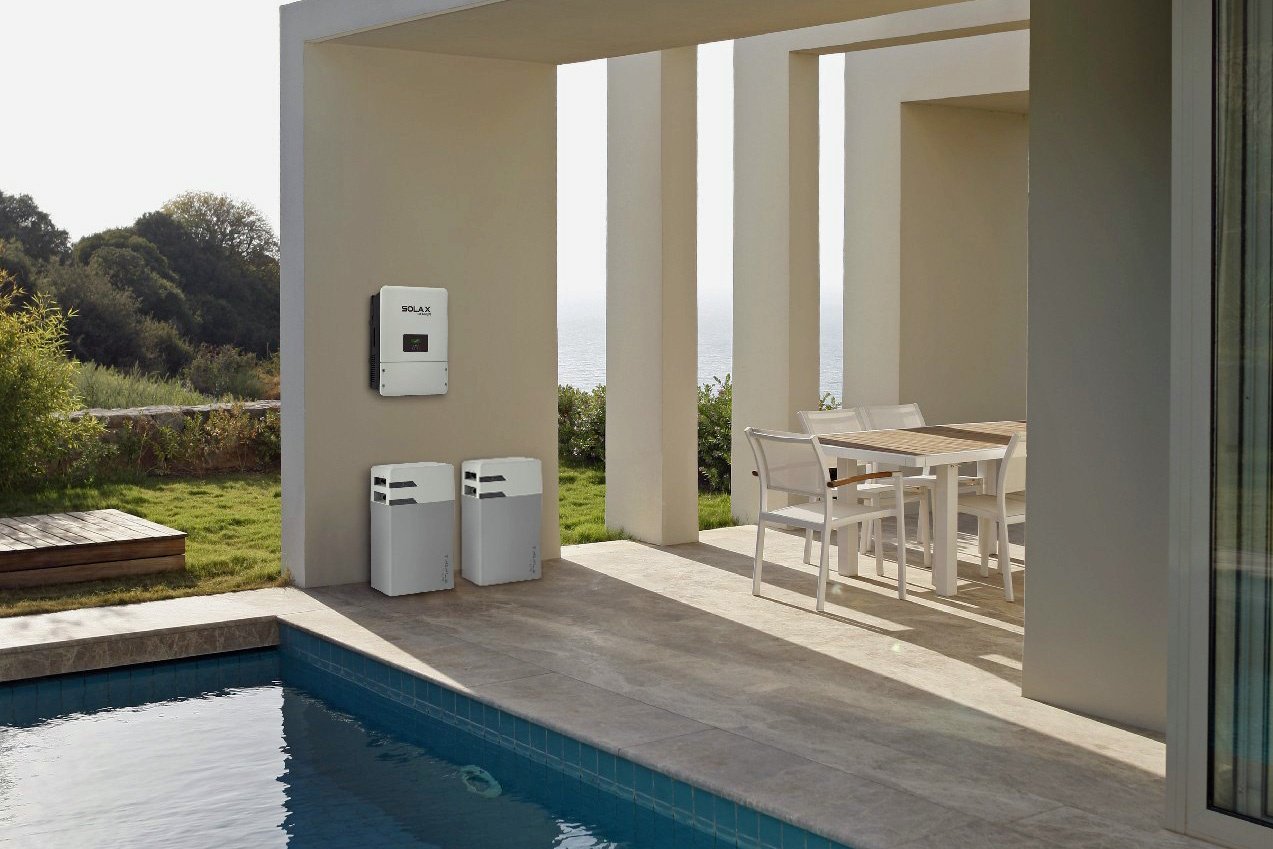LOS ANGELES — With fires raging throughout California, thousands of people have experienced power outages. That’s a trend that’s likely to continue, as the state’s power grid managers warn of rolling blackouts resulting from record-breaking heat this week and as climate change increases year-round fire risk.
The usual go-to for backup power is a gas- or diesel-powered generator, but there’s another, more environmentally friendly option: battery energy storage. That’s the system that lets homeowners store electricity from the power grid, or from rooftop solar panels, so it can be used during a power outage.
What You Need to Know
Battery energy storage systems let homeowners store electricity from the power grid or from rooftop solar panels so it can be used during a power outage
How Battery Energy Storage Can Help During a Blackout
Battery energy storage systems work by storing electricity in a battery at the home — oftentimes in the garage or on the side of the house. While they often work in conjunction with solar panels to store electricity generated during the day for use at night, they can also connect to homes that receive their power directly from a utility.
How it Works When the Power Goes Out
Using the Tesla Powerwall as an example, it will detect the outage, disconnect from the grid, and automatically restore power within a split second, so homeowners won’t even know the power has gone out.
Read more: Spectrum News 1




